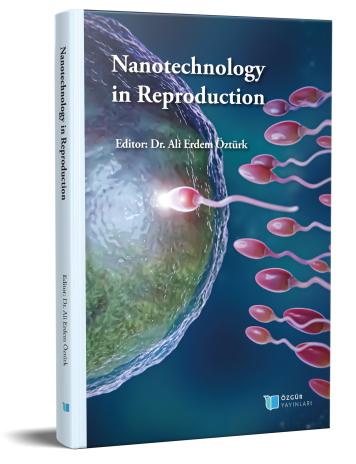
Genotoxic Effects of Nanoparticles on Gamete Cells and Their Potential Risks for Next Generations
Şu kitabın bölümü:
Öztürk,
A.
E.
(ed.)
2023.
Reprodüksiyonda Nanoteknoloji.
Özet
Nanoparticles occur in our natural habitats due to biological, physical and chemical processes. Nanoparticles and nanomaterials are increasingly used in food packaging, textiles, electronics, biomedicine, cosmetics (lipstick, sunscreen, etc.), and many aspects of daily life. Therefore, the potential risk of exposure of humans and surrounding organisms to nanoparticles should not be ignored. Nanomaterials are materials with small dimensions and large surface area, as well as other physical and chemical properties, such as polluting metals and charged surfaces, and genotoxic properties. Because of these properties, they can cause mutations and damage to chromosomes. It is required to consider the influence of nanoparticles not only on humans but also on the genetic components of other species in the environment. Recently, adverse effects from exposure of the reproductive system to nanoparticles have emerged, creating the risk of reproductive toxicity. Reproductive toxicity refers to effects that affect the development of healthy embryos, the reproductive cycle, and any stage of pregnancy. The studies about reproductive toxicity of NP is increasing, but research is ongoing. This section focuses on the potential genotoxic efficacy of nanoparticles on germ cells and reproductive systems, and potential risks these effects may cause in the next generations.

